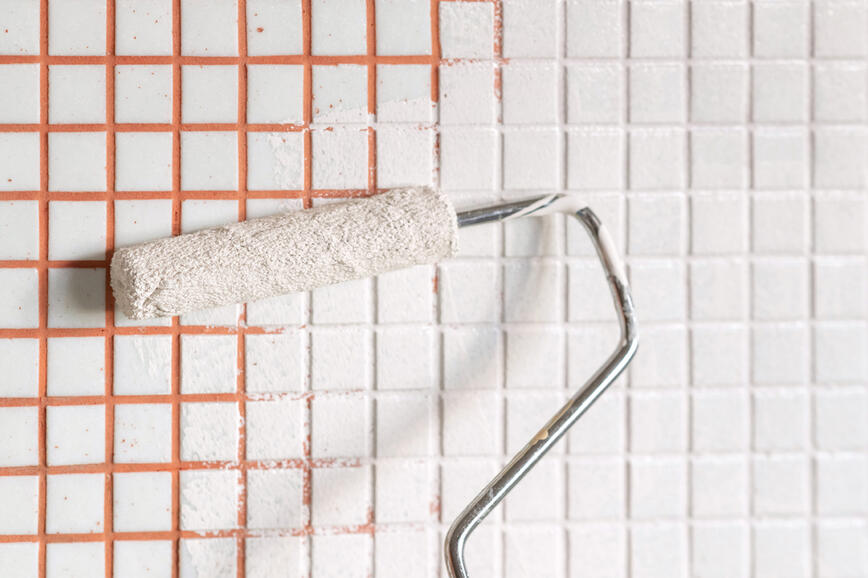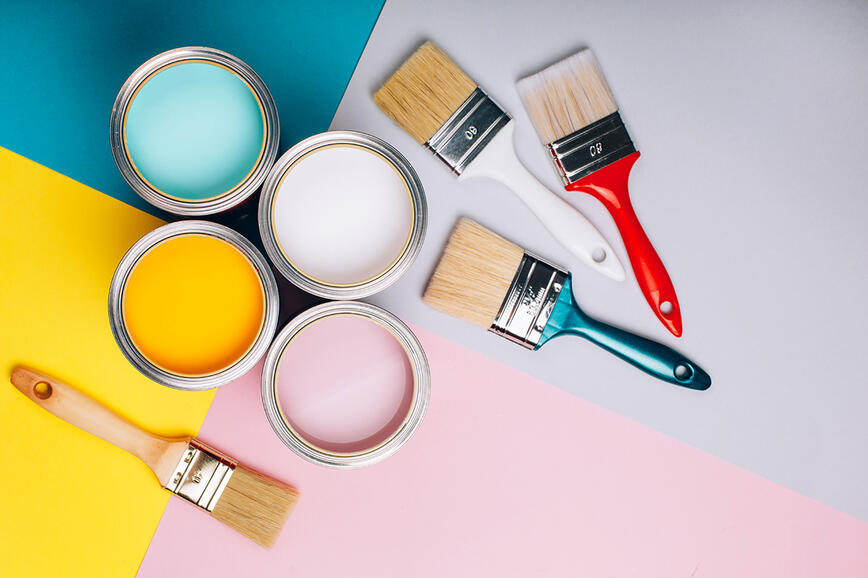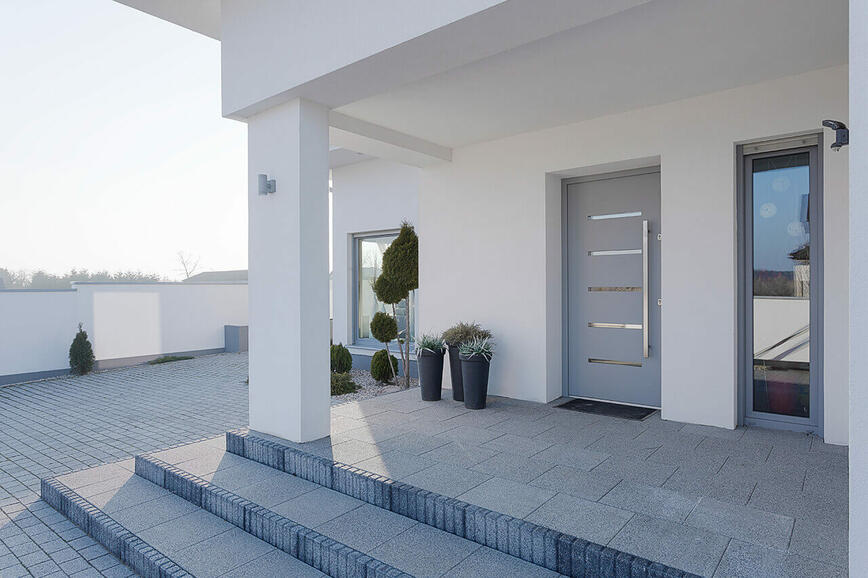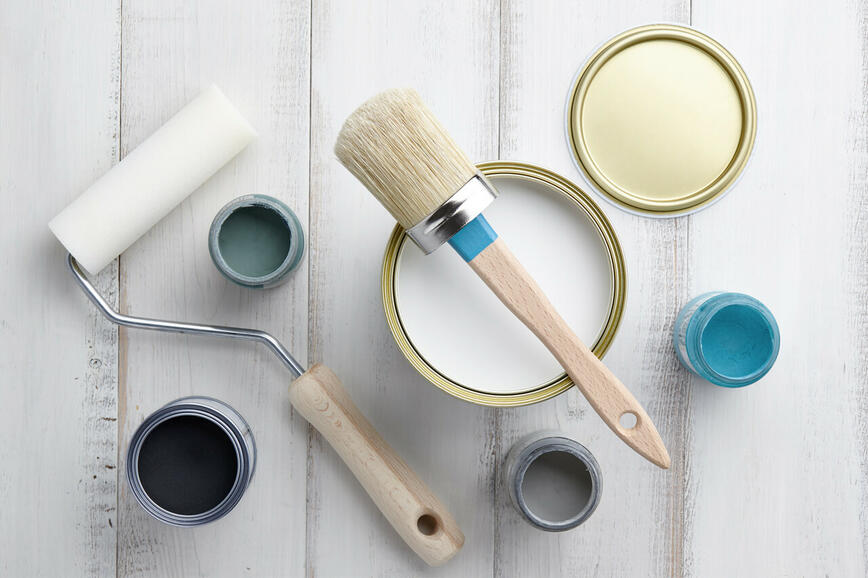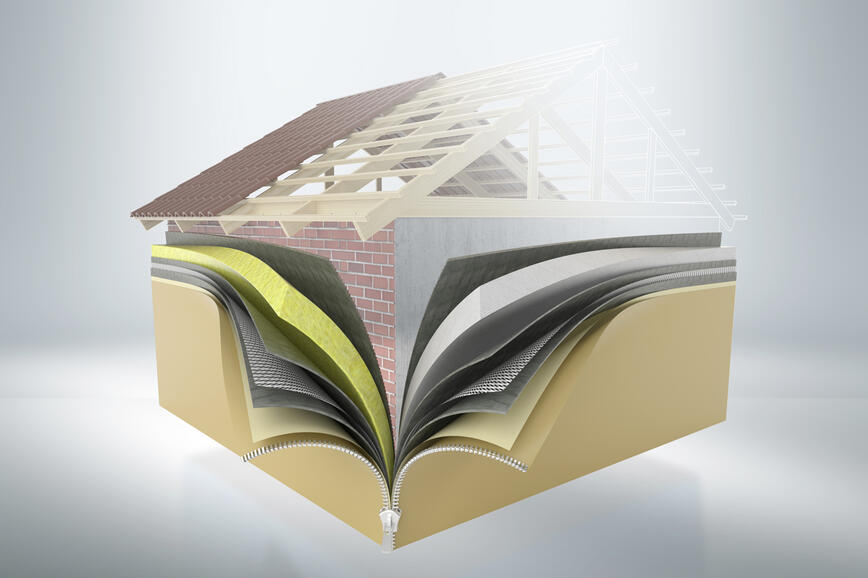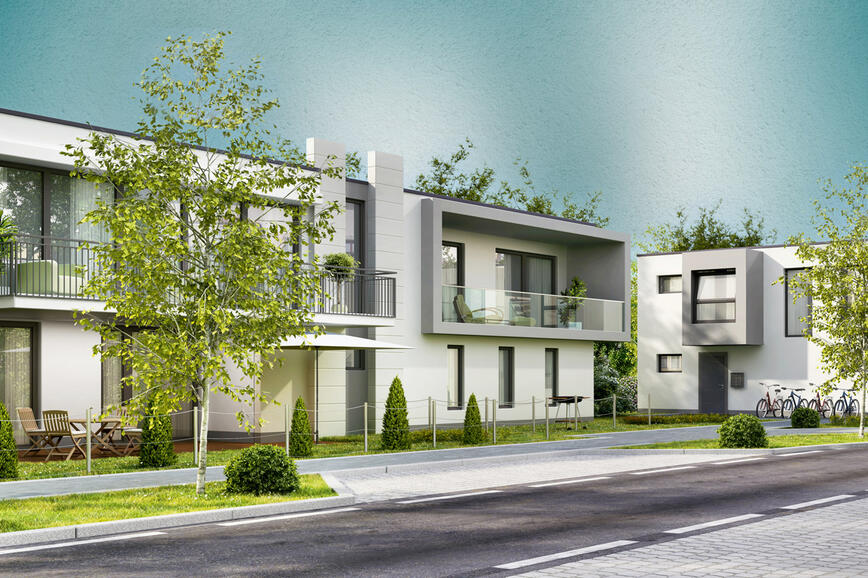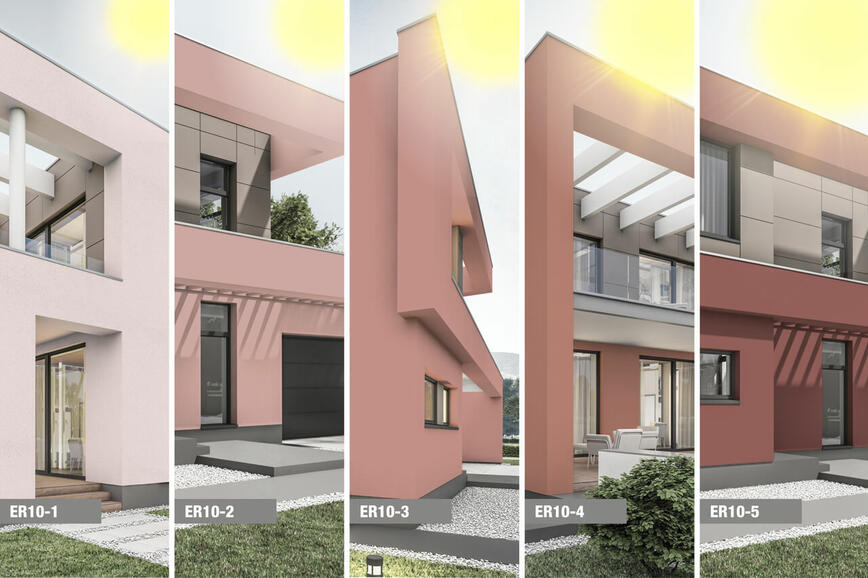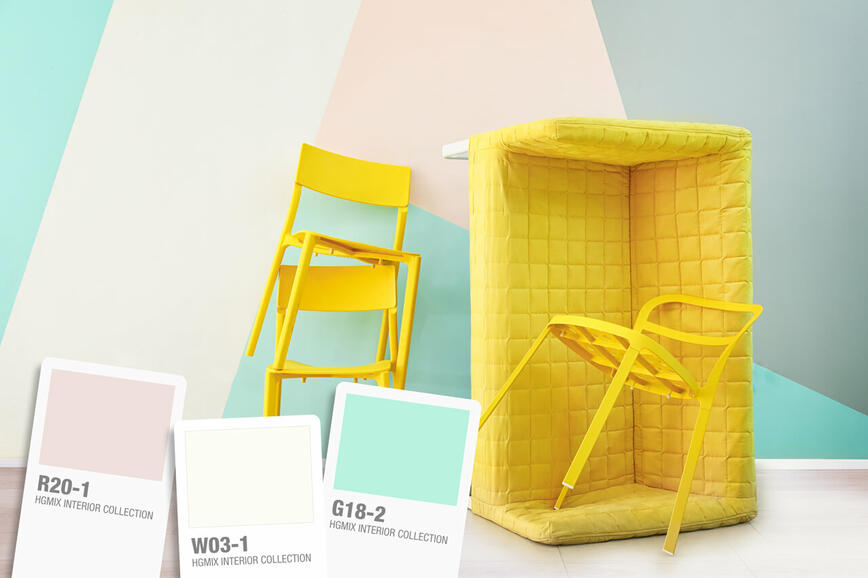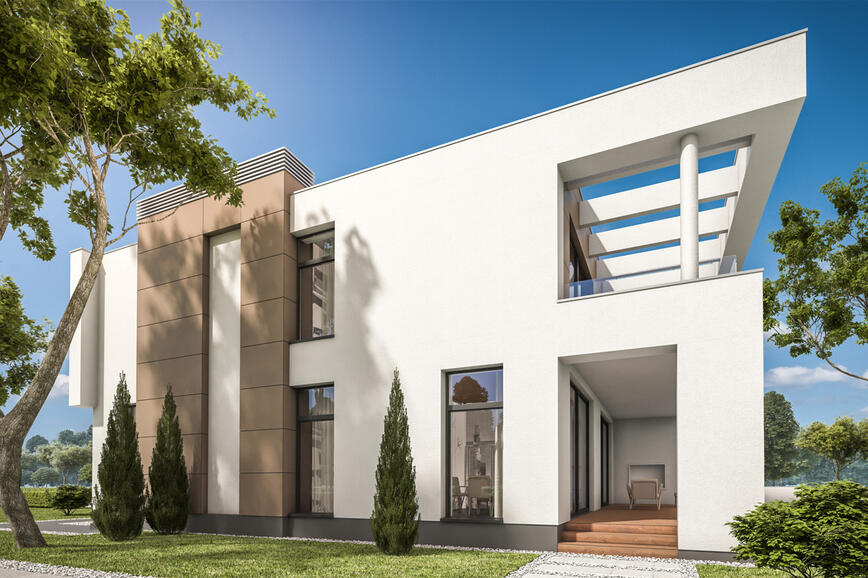Choosing a facade paint that does not fade over time
When choosing the ideal shade of façade paint or finishing thin-layer plaster, the choice of tinting pastes is crucial to ensure adequate stability. Unlike interior wall paints, façade paint is exposed to various weather influences including the sun, rain, heat and cold.

Offering a wide range of colour shades while maintaining high standards and stability is a big challenge for tinting paste manufacturers.
When choosing the pastes used in tinting façade paint, you should consider the difference between organic and inorganic pigments. The main differences are in coverage, purity, and weather and UV stability. Due to their structure, inorganic pigments offer significantly better weather and UV stability, which is an excellent advantage for façade paints.
Inorganic pigments can be natural or synthetic and are usually divided into metal oxides, metal salts and complex inorganic pigments. Due to their composition, inorganic pigments tend to be non-transparent and more insoluble than organic ones. Their biggest advantage is their resistance to fading, which is extremely important for façade paints.

Organic pigments are chemical hydrocarbons whose double bonds allow photochemical reactions to take place, causing unwanted changes to the shade.
Fading is actually a process where ultraviolet energy changes the pigment’s chemical composition into a compound with few or no colour properties. The result is not due to a loss of pigment concentration, but a nonlinear chemical process where the chromophores that give the pigment its colour decompose, thus changing their original shade.
Due to their chemical and physical properties, organic pigments are very sensitive to weathering, which causes fading. Any loss of colour is also a loss of colour film properties. This should be considered during the development of tinting pastes for façade paints, and inorganic pigments that are resistant to aggressive environments should be used.

Choosing the pigments in tinting pastes would be much easier if only shades in earth tones made of inorganic pigments were used for façade paints. However, today consumers are more demanding and also favour more vibrant shades, whose preparation requires the use of organic pigments. The recent complex development of inorganic pigments now makes it possible to choose more vibrant shades and not only earthy ones.

Façade paints usually have high pigment volume concentrations (PVC) and form a porous film that gases such as oxygen and air can penetrate. In combination with UV rays, this leads to conditions that can damage the pigments.
Lab tests can clearly determine a pigment’s chemical resistance, but assessing resistance to environmental factors is significantly more demanding.
The only method to accurately determine a pigment’s effectiveness is to colour the coating, apply it to a surface, and expose it to the intended use during the warranty period. Unfortunately, this type of test is usually time-consuming and costly, and the results can vary considerably depending on the site of exposure.

The light fastness of pigments is defined by the ISO 105 B02 standard. Pigments are classified in terms of light fastness according to the Blue Wool scale, from 1 to 8, 8 being excellent lightfastness. The weather resistance of pigments is defined by the ISO 105 A02 standard, which classifies pigments according to the Grey scale, from 1 to 5, 5 being no colour change at all.
In the formulations for Helios façade paints and plasters, only inorganic pigments with the highest light and weather resistance are used in tinting pastes on the HGMIX mixing system.

Of course, in addition to choosing a colour shade based on inorganic pigments, it is also important to choose a quality façade paint or plaster, whose composition, especially the type and amount of binder, significantly affects the façade coating’s UV and weather resistance. An important advantage of high-quality coatings is low water absorption, which prevents mechanical damage and prolongs the façade’s service life. SPEKTRA façade paints and plasters boast minimal water absorption; SPEKTRA Top Dry façade paint stands out in this segment for its excellent UV and weather resistance.


